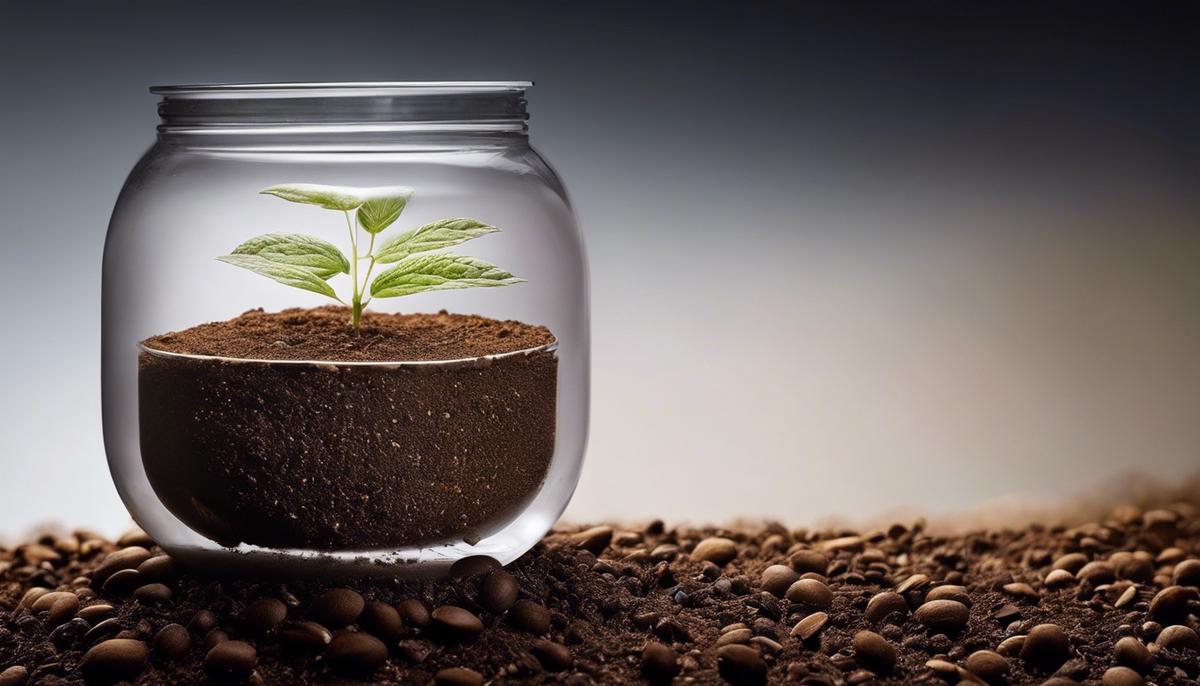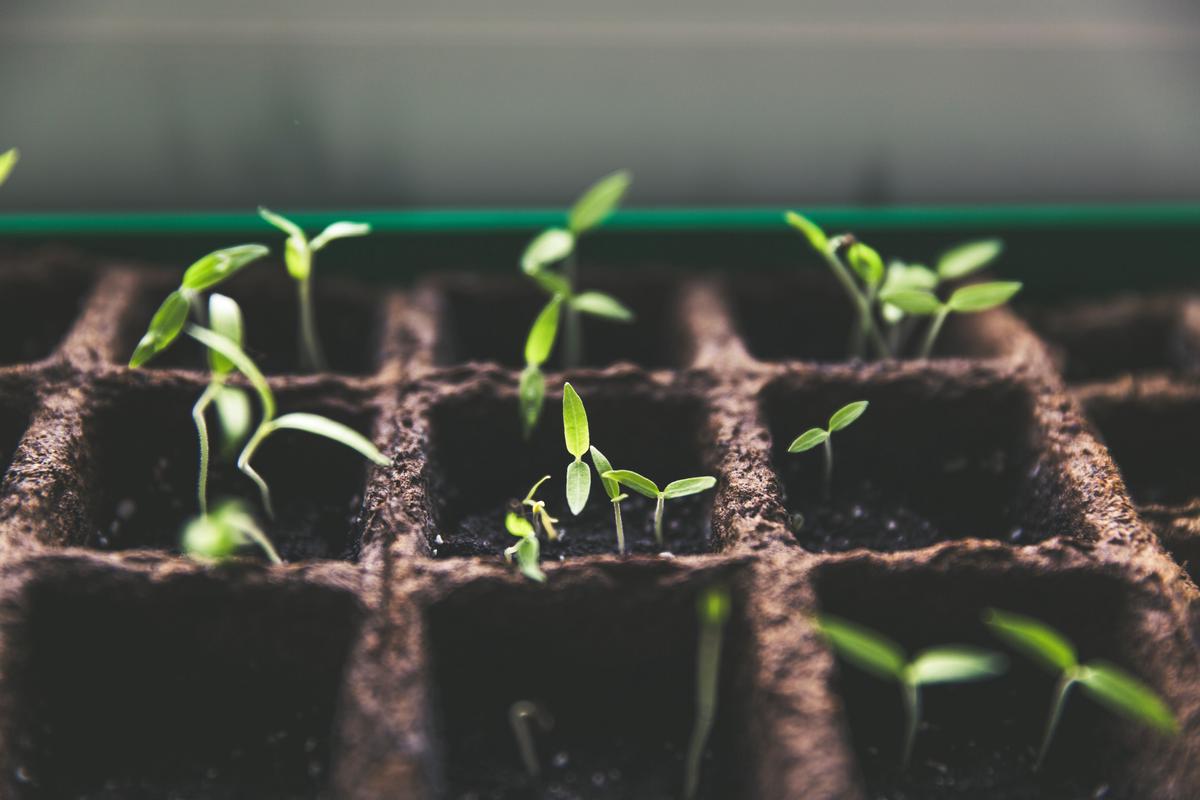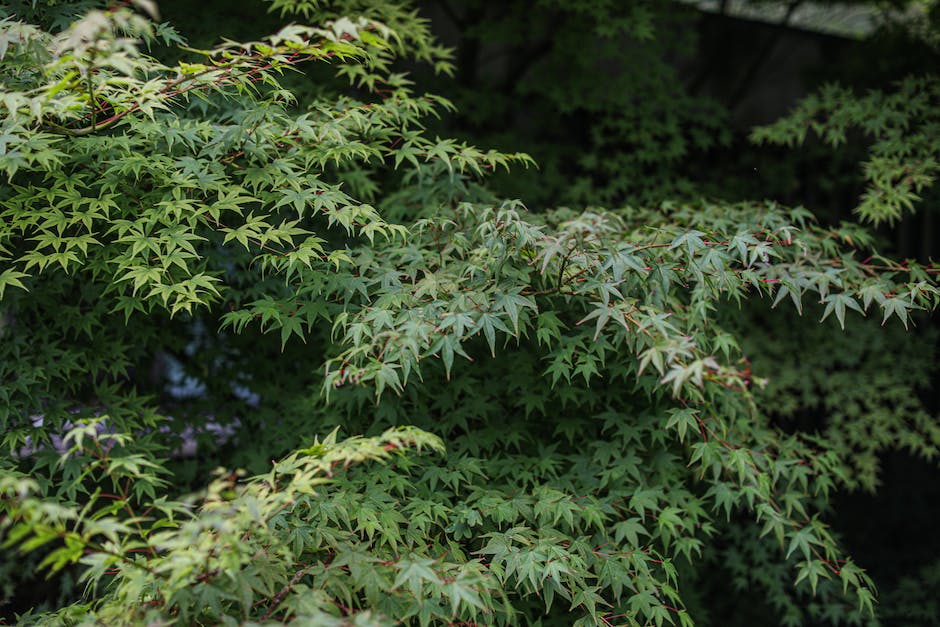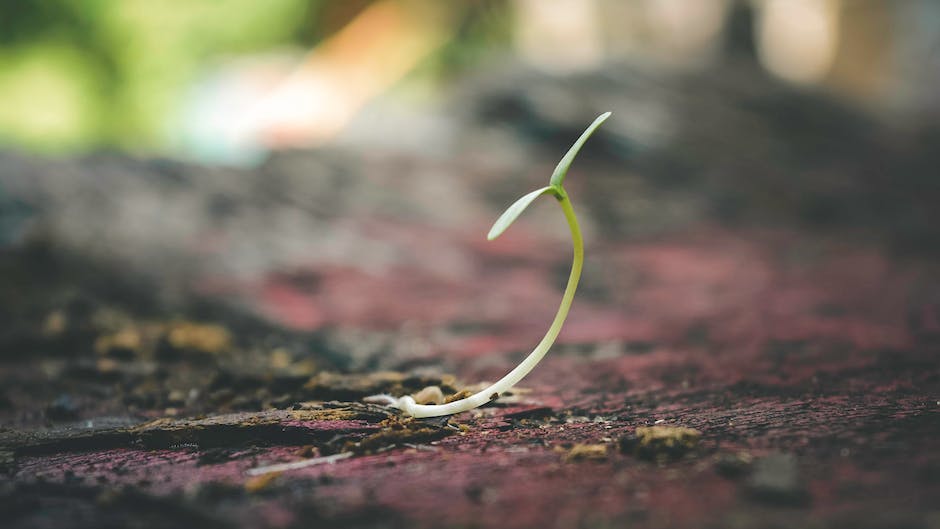Mastering the Art of Growing Japanese Maple from Seed

Welcoming a Japanese maple into your garden comes with an age-old sense of prestige and an opportunity for year-round beauty. These trees, known for their kaleidoscopic parachute-shaped leaves, are more than just a feature in your garden, they are a journey of cultivation, starting from a simple seed. The following discourse highlights key stages to get you well on your course; diving into the depths of seed stratification, discussing comprehensive procedures for successful planting and care, and guiding you through the careful process of transplanting and ongoing maintenance.
Understanding Seed Stratification
Unveiling Seed Stratification: Your Unsung Ally for Garden Success!
Every dedicated gardener knows that not all seeds are created equal—some are responsive and pop up soon after sowing, while others play hard to get but end up being worth every bit of the wait. For anyone interested in gardening, the knowledge of seed stratification—the process of treating stored or collected seeds to simulate natural winter conditions that a seed must endure before germination—is crucial.
So, what exactly is seed stratification and how does one pull it off correctly? Well, doff that gardening hat and put on your learning cap, because we’re about to dive into this fascinating horticultural technique!
First, let’s clear up one thing: seed stratification is essentially a method of tricking seeds. In the wild, many seeds undergo a period of cold and moist conditions, which then breaks their dormancy and stimulates germination come spring. To achieve this at home, we mimic winter conditions, treating seeds to cold and often moist circumstances for a period before they are ready to sprout.
Getting ready to stratify seeds? Here’s a step-by-step process to help get you started:
- Choose the Right Seeds: Not all seeds require stratification. As a rule of thumb, many native trees, shrubs, or perennials, and certain vegetables like beets and carrots do well with a cold treatment. Always research each variety’s specific needs.
- Pre-soak the seeds: Before starting with stratification, pre-soak seeds in water for around 24 hours. This initial hydration can stimulate the enzymes within the seed that kick off the germination process.
- Chill Out: After soaking, drain and pat the seeds dry. Then, mix them with an equal amount of a moist medium, like sand, peat moss, or vermiculite. Seal them in a plastic bag and stick them in the refrigerator. The temperature should hover around 33 to 41°F (just above freezing) to effectively simulate those winter conditions.
- Be Patient: The chilling period can vary greatly depending on the seed variety. Some might need just a couple weeks, while others may demand several months. A touch of research and a dash of patience are key here. During this time, it’s important to occasionally check on your packed seeds, ensuring the medium remains moist but not overly wet.
- Time to Sow: Once the chilling period is over, the seeds are ready to be sown. Bear in mind, post-stratification, these seeds can be pretty eager to germinate, so be ready to plant them as soon as they come out of the fridge!
By mastering the art of seed stratification, not only will you broaden your selection of plants to grow, but a higher germination rate will also spontaneously follow. This process, while not for every seed in the packet, might just be the game-changer for those stubborn seeds who’ve been playing hard to get!
Et voila! Now you too can conquer seed stratification like a pro! May the flourishing garden of your dreams be just a stratification session away.

Photo by markusspiske on Unsplash
Seed Planting and Care
The Art of Planting and Nurturing Japanese Maple Seeds
Armed with a profound understanding of seed stratification, one feels equipped and excited to plant Japanese maple seeds! Let’s now go into the specifics of the post-stratification planting process and dive into the wonderful world of nurturing Japanese maple seedlings.
First things first, an optimal time for planting Japanese Maple seeds is early spring. This season period affords the grown seedlings the advantage of a full season of growth before their first winter. But, don’t fret if you happened to be a bit late, as long as the ground can be worked and frost is out of sight, you’re still in the game.
Next, choose the appropriate place. Japanese maples prefer a spot with well-drained, slightly acidic soil, and partial shade. Don’t forget the importance of room for growth. These trees can grow between 15 to 25 feet tall, so ensure they will have enough space to mature properly.
While planting, dig a hole that is twice as wide as the root ball and not quite as deep. The crown of the plant, where the roots meet the stem, should be at ground level when the tree is planted. Position your stratified seeds about 1-2 inches deep into the loosened soil, then backfill the hole, pressing lightly to remove air pockets. Water it thoroughly, allowing water to soak into the ground.
Once planted, a regular watering regimen must be established, especially during the first couple of years. Although mature Japanese Maple trees are highly resilient to short periods of drought, the young seedlings could use a bit of extra hydration. Water them deeply once a week, ensuring that the soil is moist but not oversaturated.
Regularly monitoring your seedlings for potential pests and diseases makes a difference. Aphids, scale, root rot, verticillium wilt, and powdery mildew are common culprits that can compromise the health of your maple saplings. Treating any signs of these nuisances at early stages will save your plants from extensive damage.
As far as the pruning goes, it is best reserved for late winter when the tree is fully dormant. This strategy minimizes sap loss and ensures the tree’s recuperation before the new growing season starts. However, if you’re dealing with dead or diseased tree limbs, they should be removed as soon as discovered, regardless of the season.
Finally, the fortification of the young trees with a slow-release granular or water-soluble fertilizer in early spring can improve their vigor and overall health. Go for fertilizers designed for acid-loving plants to maintain the pH level of the soil.
Planting and nurturing Japanese Maple seeds can be a wonderfully satisfying journey. One that takes time, patience, and dedication. Each step brings a sense of accomplishment and fosters an appreciation for the intricate complexities of Mother Nature. Enjoy every phase of this green adventure. May your Japanese Maple trees thrive and your green thumbs guide you through this hobby that is as rewarding as it is captivating!

Transplanting and Ongoing Maintenance
Next, let’s navigate the essential aspect of transplanting the seedlings, particularly after they’ve sprouted following seed stratification. Transplantation is beneficial as it provides seedlings more room to grow and mature. It’s a form of horticultural relocation, and the best time to engage in this exhilarating relocation effort is when the seedlings have developed two sets of true leaves. This is when they’re hardy enough to withstand the handling yet tender enough to adapt to a new environment.
But how do you actually transplant these seedlings? The process needs to be meticulously executed, like a delicate but thrilling operation. You’ll need items like a gardening trowel, pots with well-draining soil, and plenty of water. Using the trowel, gently dig around the plant to uproot it, taking as much soil with the roots as possible. This minimizes the shock, and preserves the root structure. After this, place the uprooted seedling into the pot filled with soil. When transplanting, bury the stem till just below the bottom leaves. This ensures better support for the growing seedling. Afterward, water generously but avoid drenching it.
Once transplanted, keep a keen and passionate eye on these young explorers in their new environment. Make sure they’re not subjected to any extreme temperatures and protect them from harsh environmental conditions. Gentle sunshine and moderate temperatures are generally beneficiary for the seedling’s growth.
Enter stage right — nurturing and maintenance of the growing saplings! As they evolve, they’ll need a balanced fertilizer for comprehensive growth. Better nutrient availability ensures healthier, disease-resistant plants—giving your green-thumb success an aesthetic, nutritional boost.
Another key responsibility is regular pruning. This promotes a more robust structure and a proportionate beauty! Reach for those pruning shears when your saplings have gained enough strength to withstand the process, typically after a year. Make sure you’re removing dead, damaged, or excessive growth during this process.
Moreover, always be on the lookout for any sneaky, unwelcome visitors like pests or diseases. A watchful gardener is a successful one. Regular examination of your plants can detect unwanted surprises and you can nip the trouble in its budding stage.
Lastly, monitor the irrigation needs of your growing tree. In the early stages, frequent watering is necessary as it fosters root establishment. As your tree grows, decrease watering gradually, allowing roots to sink deeper into the soil in search of water. This encourages robust root development, making your plant more resilient.
Stepping back to admire the result of continuous care, patience, and love is the perfect close! Watching your trees flourish, enriched by your efforts and commitment, signifies a true gardening triumph. This inquisitive journey from seed to tree, packed with learning and resilient vegetation, has its own charm and rewarding spectacle — it’s the gardening way of life!

Just like the beautiful transformation of the Japanese maple during each season’s nudge, your journey of cultivating one from the humble beginnings of a seed is equally rewarding. By mastering the skill of seed stratification, you set healthy roots for germination. Taking immense care while planting and catering to the tree`s needs, ensure strong growth thereby laying a solid base for transplantation. Finally, by committing to the requirements of ongoing maintenance, your Japanese maple will not only survive but thrive, gracing your garden and life with an unparalleled beauty for years to come. Remember, every Japanese maple grown from seed paints a unique masterpiece, so embrace the nuanced differences each adaptation brings and revel in the beauty of growing your own.



